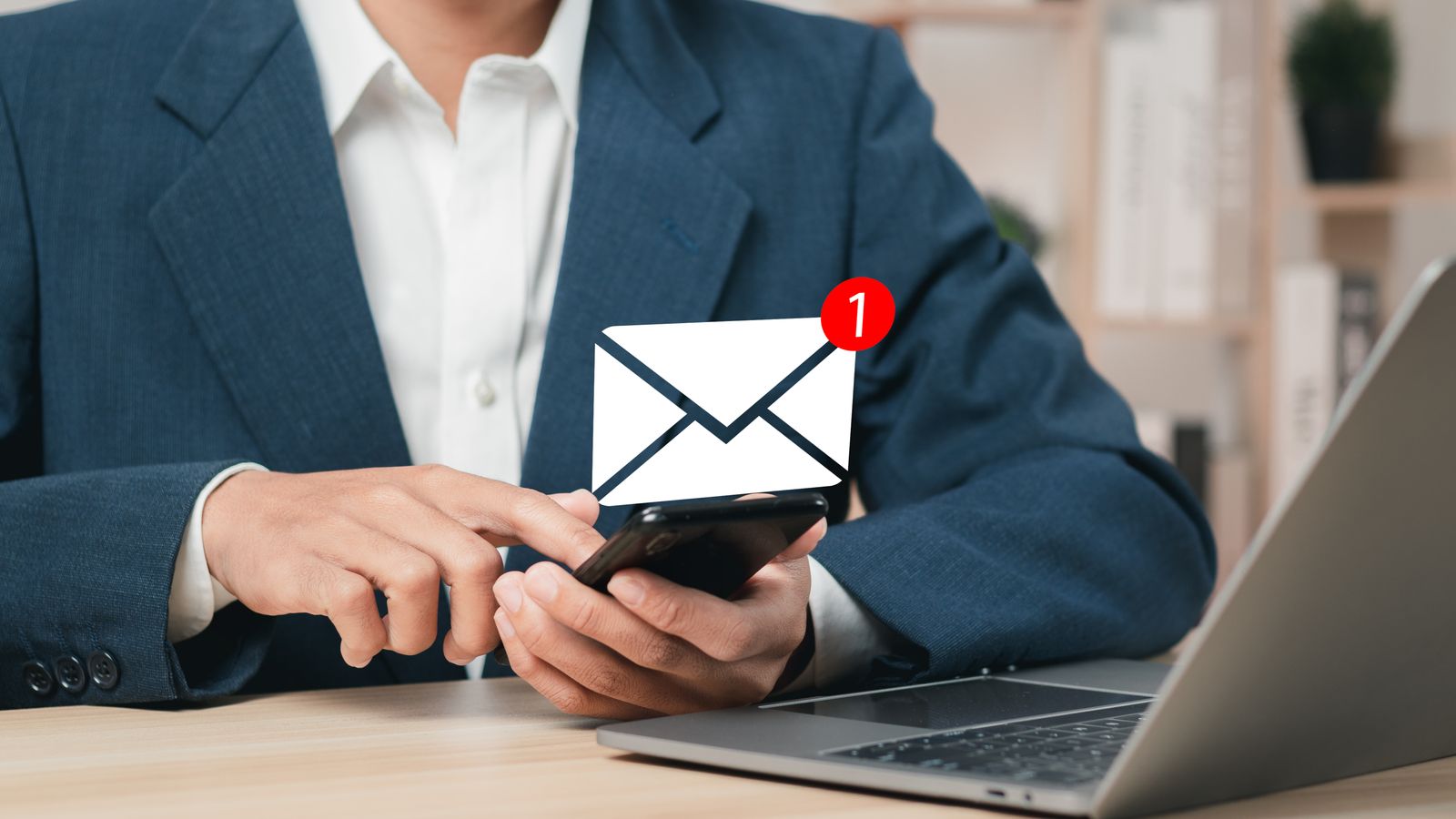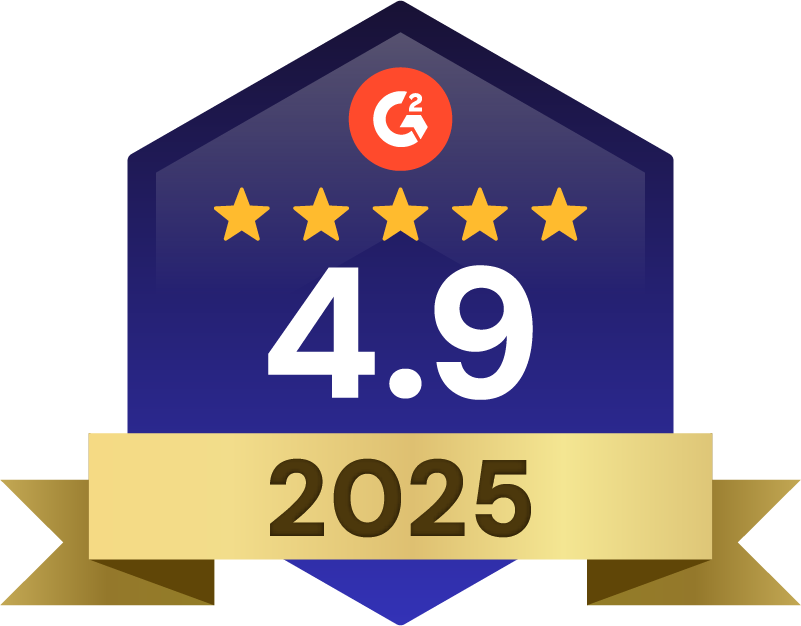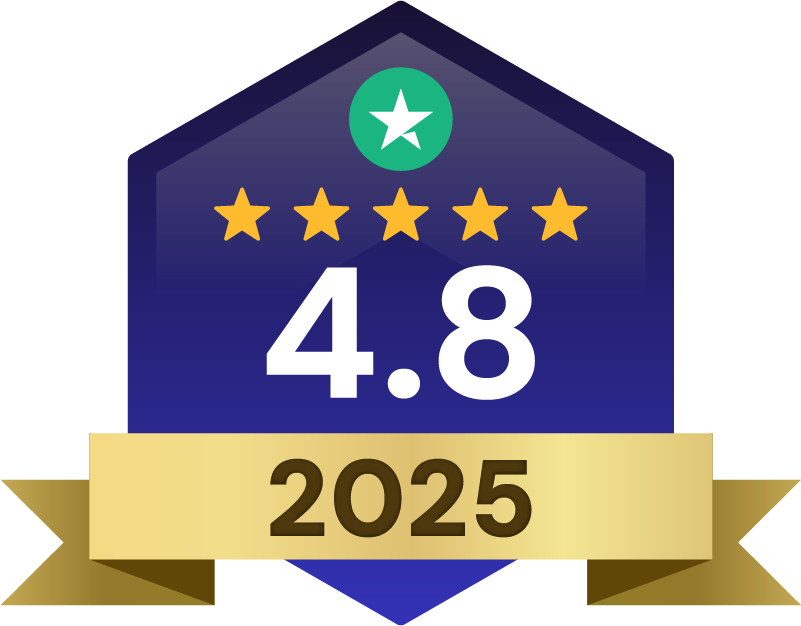Real estate agent email lists: learn how to build or buy lists to grow leads, stay compliant, and increase engagement.
Email Marketing
Email is one of the most commonly used tools in real estate marketing. It allows agents to stay in contact with clients and share updates, listings, and news.
A real estate agent email list is the foundation of this communication. It includes the email addresses of potential buyers, sellers, and other professionals in the industry.
This guide explains what a real estate agent email list is, how it works, and how to build and maintain one.
What Is a Real Estate Agent Email List?
A real estate agent email list is a collection of email addresses from people connected to the real estate industry. This includes homebuyers, sellers, investors, past clients, and other agents.
Agents use these lists to send real estate marketing emails that support business goals like sharing listing updates, market trends, open house invitations, or educational content.
Unlike general marketing lists, a real estate agent email list targets a specific audience. It’s typically tailored to the agent’s market, niche, or geographic area.
Real estate email marketing generates significant returns compared to other marketing channels. In real estate, it remains a valuable tool for lead generation and client engagement.
The Difference Between Buying and Building a Realtor Email List
You can get a real estate agent email list in two ways: buying one from a third party or building one yourself over time.
Buying a list gives you immediate access to contacts but comes with risks about quality and legal compliance. Building a list organically means collecting email addresses directly from people who choose to engage with your content or services.
| Factor | Buying Lists | Building Lists Organically |
|---|---|---|
| Cost | Higher upfront cost | Lower direct cost, more time required |
| Quality | Often lower engagement | Higher quality, interested contacts |
| Compliance | Potential legal issues | Better compliance with regulations |
| Timeline | Immediate access | Gradual growth over time |
| Relationship quality | Cold contacts | Warmer, more receptive audience |
1. Buying a Real Estate Broker Email List
When you buy a real estate broker email list, you’re purchasing contact data from a vendor that specializes in email databases. These lists often claim to contain thousands of leads sorted by location, profession, or property interest.
Costs vary based on list size, accuracy, and vendor reputation. Some lists cost a few hundred dollars, while others cost several thousand.
The main risks of buying email lists include email marketing mistakes like high unsubscribe rates, spam complaints, and potential violations of email marketing laws like the CAN-SPAM Act. Many purchased contacts haven’t agreed to receive emails from you, which can damage your sender reputation if you’re cold emailing real estate leads.
2. Building Your Real Estate Agent Email Database Organically
Building an email list organically means collecting email addresses directly from people who want to hear from you. This happens through website forms, lead magnets, event sign-ups, or social media engagement.
This process takes longer than buying a list, but the contacts are more relevant. People who join your list by choice are more likely to open your emails and less likely to mark them as spam.
Collecting emails this way also follows legal requirements for permission-based marketing. It supports relationship-focused business models where ongoing communication helps nurture leads and retain clients.
Free Ways to Grow Your Real Estate Agent Email Database
You can grow your real estate email list without spending money by using existing tools, platforms, and in-person opportunities, as well as exploring real estate marketing resources.
1. Use Social Media or LinkedIn
Social media platforms make it easy to collect email addresses by sharing content that encourages people to subscribe.
On Facebook, you can post links to sign-up forms offering free home valuations or market reports. Facebook Groups and local community pages help target specific geographic areas.
Instagram allows links in bios and Stories (for business accounts) that can direct users to sign-up pages. Video walkthroughs with captions offering more details via email work well here.
LinkedIn is great for professional networking. Share insights or downloadable guides with a link to a form where users can provide their email to access that content.
2. Leverage Open Houses and Networking Events
Open houses and in-person events are perfect opportunities to collect email addresses. You can even combine these tactics with real estate direct mail marketing for a multi-channel approach.
QR codes that link to mobile-friendly sign-up forms let attendees enter their details on their own devices. This is becoming increasingly popular at real estate events.
When collecting emails in person, explain what subscribers will receive, such as listing updates or market insights. This sets clear expectations and increases the likelihood they’ll stay subscribed.
3. Create Landing Pages or Lead Magnets
A landing page is a single web page designed to collect visitor information. A lead magnet is a free resource offered in exchange for an email address.
Popular real estate lead magnets include:
- Market reports for specific neighborhoods
- Home valuation tools
- First-time buyer guides
- Seller preparation checklists
- Investment property calculators
An effective landing page has a clear headline, a brief description of what you’re offering, and a simple form with an email field. Keep it focused on one goal: making a quality contact.
How to Verify the Quality of a Realtor Email Database
A high-quality email database contains accurate, up-to-date, and engaged contacts. Regular verification helps maintain this quality.
Bounce rate is a key indicator of list health. A bounce rate over 2% signals potential problems with email deliverability or outdated contact information. High bounce rates can harm your sender reputation and reduce inbox placement.
Key quality indicators:
- Open rate: Percentage of recipients who open an email
- Click rate: Percentage of recipients who click a link
- Bounce rate: Percentage of emails not delivered
- Unsubscribe rate: Percentage of people who opt out (high rates may indicate irrelevant content)
Verification tools check if email addresses are valid before you send campaigns. Popular options include ZeroBounce, NeverBounce, and BriteVerify. These tools check DNS records, domain validity, and mailbox activity.
Clean your email list monthly to remove invalid addresses, quarterly to re-verify low-engagement contacts, and annually to conduct full list audits.
How to Segment Real Estate Agent Emails for Better Results
Segmentation means dividing your email list into smaller groups based on shared characteristics. These groups receive emails tailored to their specific interests or behaviors.
Segmented campaigns perform better than non-segmented ones. They receive more opens and clicks because the content is more relevant to each recipient.
1. Geographic or Local Market Segmentation
Geographic segmentation organizes contacts by location: zip code, city, neighborhood, or region.
This approach lets you send location-specific content. For example:
- Coastal community contacts receive updates about waterfront properties
- City center contacts get information about condo developments
- Suburban contacts receive updates about family homes and school districts
Local market segmentation works well for open house invitations, community event notices, and neighborhood-specific market reports.
2. Niche or Specialty Segmentation
Niche segmentation groups contacts by property preferences or client type, such as:
- First-time buyers
- Luxury home seekers
- Investors
- Downsizers
- Renters looking to buy
This approach lets you send content that matches what each group values. First-time buyers might receive home buying guides, while investors might get updates on rental income properties and cap rates.
3. Engagement-Based Segmentation
Engagement-based segmentation uses subscriber behavior to determine how they interact with your emails—opens, clicks, replies, or no interaction.
Active contacts might receive more frequent updates or exclusive content. Inactive contacts who haven’t opened recent emails might receive re-engagement campaigns asking if they still want to hear from you.
You can also segment based on specific actions, like clicking on a listing link or requesting a home valuation. These actions can trigger relevant follow-up emails.
Staying Compliant with Real Estate Broker Email Lists
Email marketing in real estate must follow specific legal rules about how you collect, store, and use email addresses.
The main regulations are the CAN-SPAM Act (United States) and GDPR (European Union). These laws apply based on where your business operates and where your contacts live.
Compliance essentials:
- Required elements: Include your physical address in every email, use accurate subject lines, and identify commercial messages
- Opt-out process: Include a visible unsubscribe link, process requests within 10 business days, and never email people who have opted out
- Permission documentation: Keep records of when and how each contact gave consent
Permission-based marketing means only contacting people who have explicitly agreed to receive your emails. This practice follows legal requirements and prevents spam complaints.
When collecting email addresses through any channel, document how and when permission was given. Use clear opt-in language and maintain consent records.
Maintaining and Updating Your Real Estate Agent Mailing List
A real estate agent mailing list needs regular maintenance to stay effective. Over time, email addresses become outdated, subscribers lose interest, and inactive contacts can lower your engagement metrics.
Regular updates reduce bounce rates and ensure your messages reach interested recipients. Maintenance also helps you comply with email marketing regulations by removing unsubscribed or unverified contacts.
List cleaning includes identifying invalid email addresses, removing duplicates, and organizing contacts based on recent activity. Many email service providers offer tools that automatically detect hard bounces and flag inactive accounts.
Monitor unsubscribes as part of your maintenance routine. If you see a trend of real estate email subscribers unsubscribing, consider adjusting your sending frequency or content strategy. When someone opts out, remove their email from all your active lists to stay compliant with laws like the CAN-SPAM Act.
Maximizing ROI with Realtor Email Addresses
The return on investment (ROI) from your real estate email list depends on how your subscribers interact with your emails, which can be greatly improved by applying some real estate email marketing strategies.
1. Track Open and Click Rates
Open rate shows the percentage of recipients who open your email. For real estate email marketing, typical open rates range from 15% to 25%.
Click rate shows the percentage of recipients who click a link in your email. Typical click rates in real estate range from 2% to 5%.
These metrics help you understand how well your subject lines, content, and calls to action are performing. High open rates suggest effective subject lines, while high click rates indicate relevant, engaging content.
2. Personalize Subject Lines
Personalized subject lines use basic information like a subscriber’s name or location to make emails feel more relevant. This increases the chance that recipients will open your email.
Effective real estate subject lines include:
- “New homes just listed in [Neighborhood], [Name]”
- “[Name], here’s your [Month] market update for [City]”
- “Thinking of selling in [Area]? Read this first”
Subject lines that mention the subscriber’s location or real estate interests perform better than generic ones. Avoid using all capital letters or excessive punctuation, which can trigger spam filters.
3. Automate Follow-Ups
Automation tools send emails based on subscriber actions or timelines. They reduce manual work and ensure timely, consistent communication.
Common automated email sequences in real estate include:
- Welcome series for new subscribers
- Follow-up series for buyers who clicked on listings
- Re-engagement series for inactive contacts
These sequences are set up once and triggered automatically by actions like sign-ups, clicks, or inactivity. Pair them with email tactics for real estate leads to maintain contact without requiring daily attention.
Final Thoughts
A real estate agent email list is a valuable tool for consistent communication with buyers, sellers, and industry professionals, especially when paired with real estate email templates to maximize efficiency. The quality and maintenance of this list directly affect its usefulness in your marketing efforts.
Building your list organically through social media, landing pages, and in-person events leads to higher engagement and better legal compliance. Segmenting by location, niche, or user activity allows you to send more targeted, relevant messages.
Regular maintenance keeps your list accurate and effective. Following regulations like CAN-SPAM and GDPR protects you legally while building trust with your subscribers.
AgentFire websites include tools that help grow your email list through customizable forms, CRM connections, and automation systems that organize your contacts efficiently.
Ready to build a website that automatically grows your real estate email list? Book a Demo with AgentFire today.
FAQs About Real Estate Agent Email Lists
How often should I email my real estate contact list?
Most real estate agents send between two and four emails per month, providing regular updates without overwhelming subscribers.
What are the best lead magnets for growing a real estate email list?
Home valuation tools, neighborhood guides, and first-time buyer checklists consistently perform well as lead magnets in real estate.
Is it legal to purchase real estate agent email addresses?
Purchasing email addresses isn’t illegal, but sending messages to people who didn’t opt in can violate regulations like the CAN-SPAM Act.
What information should I collect besides email addresses?
Collect names and locations at minimum. Property interests and buying/selling timelines are also useful for segmenting your list.
How can I prevent my real estate emails from going to spam?
Use a reputable email service provider, maintain a clean contact list, avoid spam trigger words, and ask subscribers to add your email address to their contacts.






